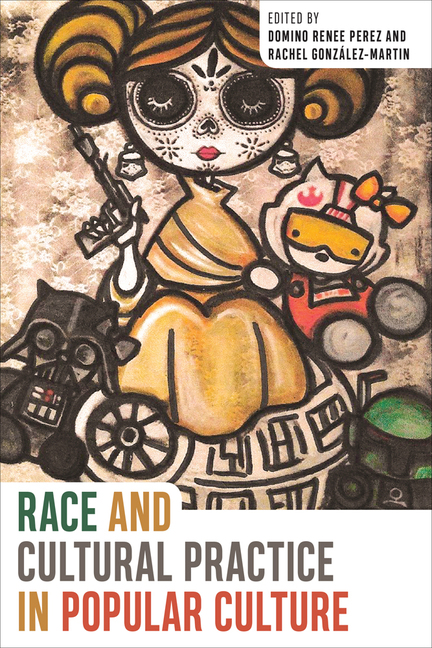Another Hot Take on the Term ‘Latinx’Posted in Articles, Communications/Media Studies, Latino Studies, Media Archive, United States on 2018-11-24 02:29Z by Steven |
Another Hot Take on the Term ‘Latinx’
El Espace
The New York Times
2018-11-21
Concepción de León, digital staff writer for the Books desk
 At the 11th Annual Trans Day of Action, in 2015, transgender and gender-nonconforming people rallied with allies to fight discrimination. Credit Joana Toro/Redux |
This week in El Espace: gender-bending, big news for bookworms and more.
The paradox of working in media is that even as your mind expands, your world also shrinks a bit. Because of my job, I read a lot of news, then go on Twitter to read people’s hot takes, then listen to podcasts, you know, just to round out the picture. It’s extra, for sure. But while there’s no question that my understanding of topics like foreign relations, economics and the president’s taxes, to name a few, has gone from zero to at least 80 in the last few years, the overexposure has also distorted my perception about what “everyone” knows.
Fortunately our readers keep me accountable. In my last column, for example, I used the word “Latinx” as a broader term for the Latino community, to some people’s perplexity…
…Ed Morales, a Columbia University professor who wrote “Latinx: The New Force in American Politics and Culture,” agrees. In a recent conversation he said that “the X, which is so strange and is not Spanish, sort of marks this new hybrid idea.” The title of his book, similarly, was meant to be forward-looking. “I thought it was a futurist term,” he said, “imagining a future of more inclusion for people that don’t conform to the various kinds of rigid identities that exist in the United States.”…
Read the entire article here.








